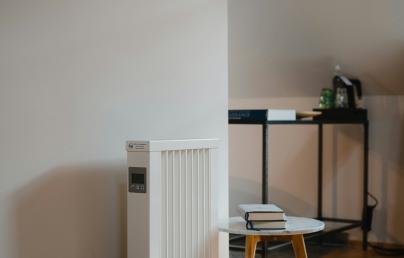In focus: How can the EU help those touched by energy poverty?

In focus: How can the EU help those touched by energy poverty?
In 2020, around 36 million people in the EU were unable to keep their homes adequately warm. However, the number of EU citizens that can be considered “energy poor” is much higher if all the different aspects around energy poverty are taken into account, such as being unable to cover basic housing costs or having inadequate comfort in the housing or work environments. All this can negatively affect people’s health. The recent surge in energy prices and the impact of the COVID-19 crisis are likely to have worsened the already difficult situation of vulnerable households.
What is ‘energy poverty’?
Energy poverty results from a combination of low income, a high share of disposable income spent on energy and from poor energy efficiency, especially in buildings. It covers situations of economic difficulties like the incapacity to pay the energy bills, or insulation problems, such as the lack of access to materials that keep the household warm in winter or fresh in summer.
In most cases, energy poverty results of a combination of diverse factors with serious implications for the health, wellbeing, social inclusion and quality of life of affected citizens. Consequently, tackling energy poverty can significantly improve the lives of vulnerable consumers and benefit EU societies at large.
EU policies to tackle energy poverty
While EU countries have their own approach to addressing poverty issues, the European Commission has increased the focus on the concept of energy poverty in the past decade. And reducing energy poverty has been given greater prominence in EU energy efficiency, decarbonisation and clean energy transition policies in recent years.
In the 2019 Clean energy for all Europeans package, the EU committed to protecting vulnerable consumers and made energy poverty a policy priority. The package also introduced the instrument of National Energy and Climate Plans (NECPs), whereby all EU countries outline 10-year national plans to address the different energy and climate targets. This includes requirements to measure energy poverty and to tackle it wherever it is identified. This includes protecting vulnerable energy customers and proposing suitable measures to mitigate it in different contexts.
Read the full article here.


